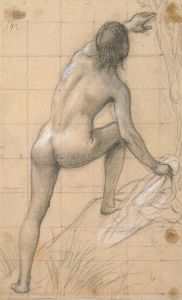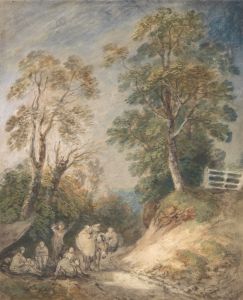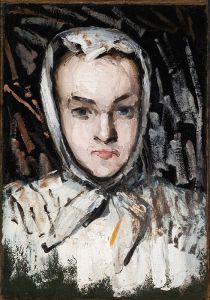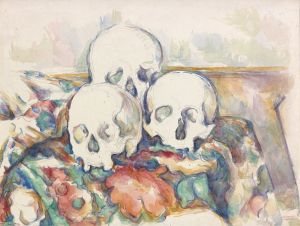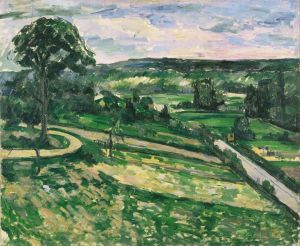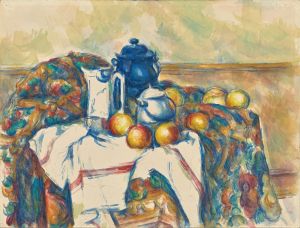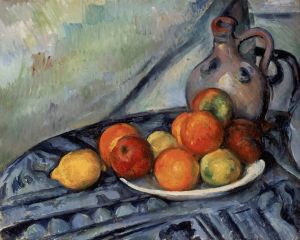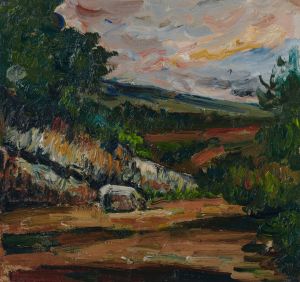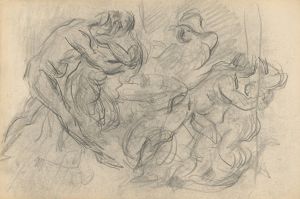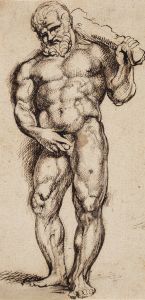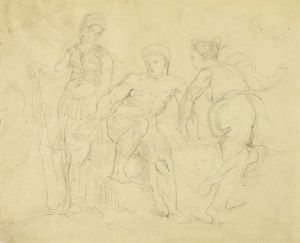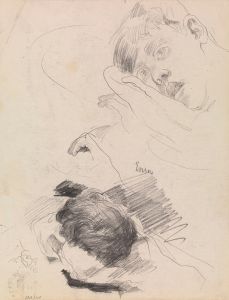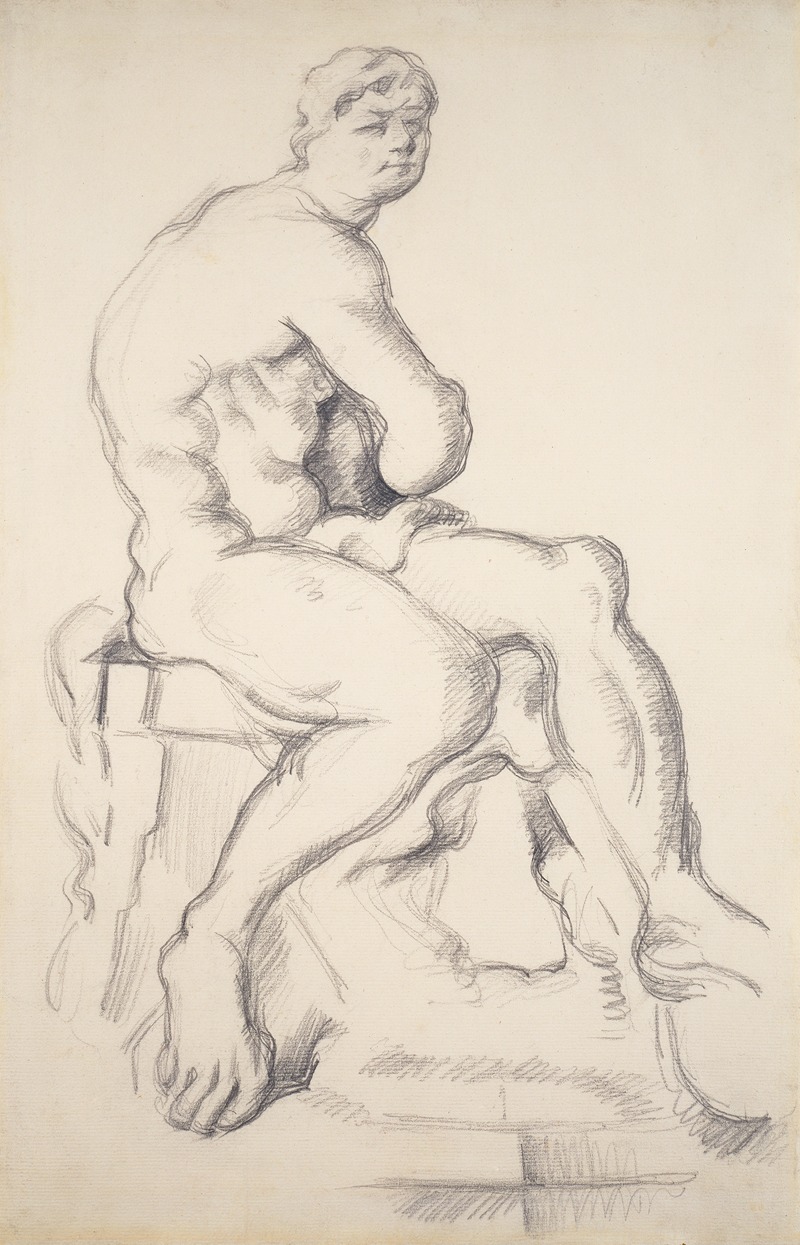
Hercules Resting
A hand-painted replica of Paul Cézanne’s masterpiece Hercules Resting, meticulously crafted by professional artists to capture the true essence of the original. Each piece is created with museum-quality canvas and rare mineral pigments, carefully painted by experienced artists with delicate brushstrokes and rich, layered colors to perfectly recreate the texture of the original artwork. Unlike machine-printed reproductions, this hand-painted version brings the painting to life, infused with the artist’s emotions and skill in every stroke. Whether for personal collection or home decoration, it instantly elevates the artistic atmosphere of any space.
Paul Cézanne's "Hercules Resting" is an intriguing work that reflects the artist's unique approach to form and composition, characteristic of his contribution to the transition from 19th-century Impressionism to 20th-century Cubism. Painted around 1867-1870, this piece is part of Cézanne's early period, where he explored themes of mythology and the human figure with a distinctive intensity and boldness.
The painting depicts the mythological figure Hercules, known for his strength and heroic feats. However, unlike traditional representations that emphasize his muscular prowess and dynamic action, Cézanne's Hercules is shown in a moment of repose. This choice of subject matter and its treatment is indicative of Cézanne's interest in exploring the human form in a more contemplative and introspective manner. The figure of Hercules is rendered with a robust, almost sculptural quality, highlighting Cézanne's fascination with the solidity and permanence of form.
Cézanne's technique in "Hercules Resting" is notable for its use of thick brushstrokes and a muted color palette, which contribute to the painting's overall sense of weight and substance. The artist's application of paint is deliberate and methodical, creating a textured surface that adds depth and dimension to the composition. This approach is reflective of Cézanne's broader artistic philosophy, which sought to capture the underlying structure of objects and figures rather than merely their outward appearance.
The composition of "Hercules Resting" is carefully balanced, with the figure of Hercules occupying a central position within the canvas. The background is relatively simple, allowing the viewer's attention to focus on the figure itself. This simplicity in the setting serves to enhance the monumental quality of Hercules, emphasizing his presence and the sense of stillness that pervades the work.
Cézanne's exploration of classical themes, such as the figure of Hercules, can be seen as part of his broader engagement with the art historical tradition. By reinterpreting these themes through his distinctive style, Cézanne was able to bridge the gap between the past and the present, creating works that were both timeless and innovative. "Hercules Resting" exemplifies this synthesis, offering a fresh perspective on a familiar subject.
While "Hercules Resting" may not be as widely recognized as some of Cézanne's later works, it remains an important piece within his oeuvre. It provides valuable insight into the artist's early development and his evolving approach to form and composition. The painting is a testament to Cézanne's enduring influence on the trajectory of modern art, as he laid the groundwork for future movements that would continue to explore the complexities of representation and abstraction.
In summary, "Hercules Resting" by Paul Cézanne is a significant work that captures the artist's early experimentation with form and his reinterpretation of classical themes. Through its robust depiction of the mythological figure and its thoughtful composition, the painting exemplifies Cézanne's innovative approach to art, which would go on to inspire generations of artists.






